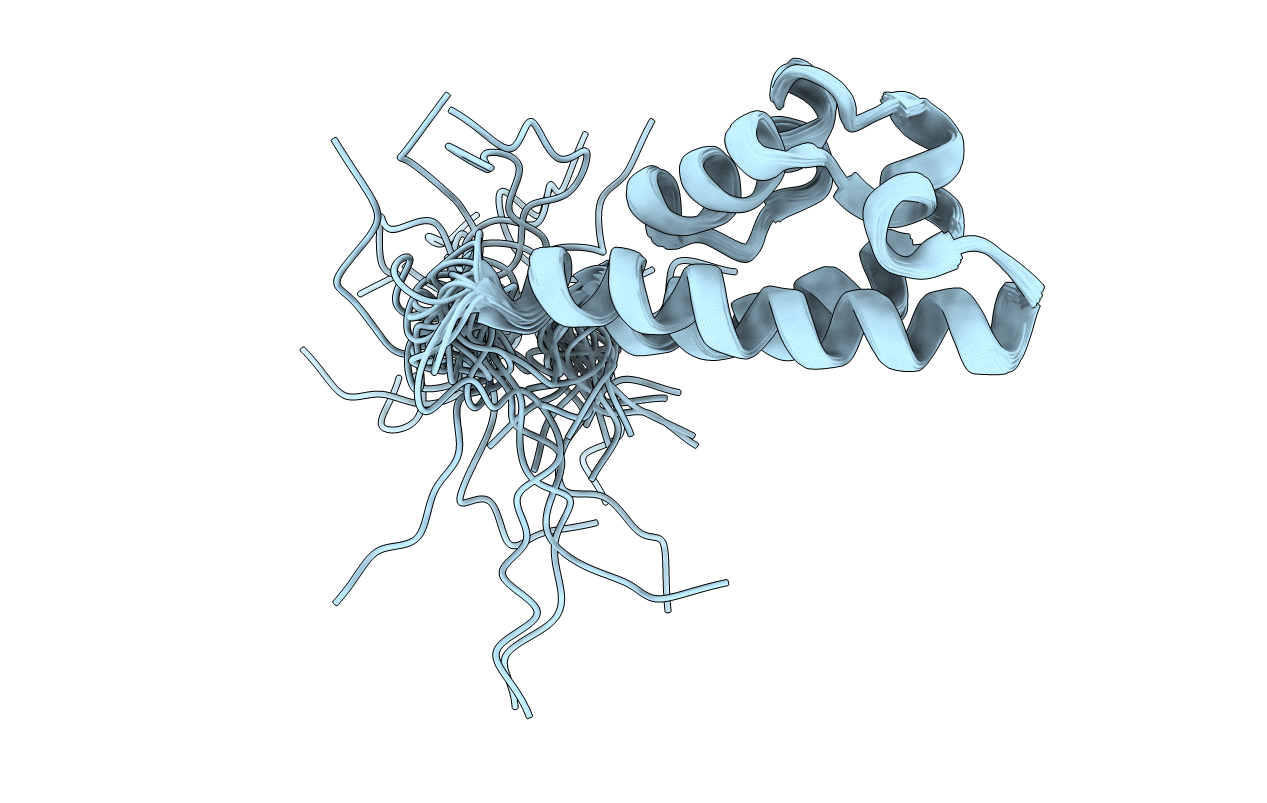
Deposition Date
2010-07-19
Release Date
2010-09-08
Last Version Date
2024-05-01
Entry Detail
PDB ID:
2RRD
Keywords:
Title:
Structure of HRDC domain from human Bloom syndrome protein, BLM
Biological Source:
Source Organism:
Homo sapiens (Taxon ID: 9606)
Host Organism:
Method Details:
Experimental Method:
Conformers Calculated:
100
Conformers Submitted:
20
Selection Criteria:
structures with the lowest energy


